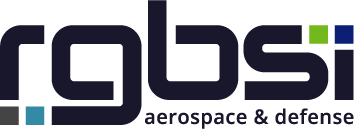What is location tracking?
Location tracking refers to advanced computing technologies that locate, track, and record the movement of people and objects. In Industry 4.0, location tracking technology such as GPS is used to keep track of industrial assets such as mining or construction equipment in architecture, engineering, and construction. Location tracking creates manufacturing efficiencies and promotes worker safety.
How do businesses use location tracking?
Location tracking is used as part of the larger Industry 4.0 ecosystem to keep tabs on important industrial assets. Indoor positioning technology allows location information to be fed into asset tracking workflows to monitor equipment and personnel outdoors, at construction sites, or inside a smart factory. Location tracking allows decision-makers to improve workflow, keep track of inventory, and standardize production and manufacturing processes.
A device called an asset tracker uses GPS to track objects over mobile wireless networks and is put inside a special container designed to withstand weather conditions. This can be attached to any manufacturing asset or shipped product.
Real-Time Location Systems (RTLS)
A key Industry 4.0 location tracking technology is called real-time location systems (RTLS) in smart factories.
RTLS is used in IoT trailer monitoring devices as well as shipping container monitoring devices. These are small hardware devices that can withstand conditions that a shipping container endures on its many journeys. Some of these devices are powered externally or have self-charging mechanisms. These allow companies to track shipments in real-time to collect valuable real-time data about their shipping process, enabling them to make changes and adapt when necessary.
RTLS devices improve workers’ safety by automatically preventing dangerous collisions of people and machinery, like an air traffic control system, which also uses real-time information.
RTLS in construction can warn workers on dangerous job sites when they are entering a hazardous zone. RTLS can automatically detect that workers are wearing protective safety gear when they enter a job site.
Medical sensors can be attached to workers and incorporated into location tracking technology to monitor vital signs in hazardous work environments and alert emergency crews nearby or on standby that there is an urgent issue. This is like a sophisticated life alert for the field.
RTLS can be programmed to send out alerts if a helmet falls below a certain elevation, like if it is knocked off of a worker’s head or a worker has fallen, it can send out an alert that the worker needs help. An RTLS can be programmed to collect real-time information about each worker’s whereabouts in a facility or job site in case of an evacuation.
Takeaway
Location tracking allows manufacturers to improve machinery utilization, monitor production efficiencies, and provide work environment safety. Location tracking technologies promote better product traceability for digital engineering. Manufacturing management can streamline inventory tracking, improve manufacturing processes, and standardize production output to create a top-performing supply chain with this such technology.




Location Tracking for Manufacturing Efficiencies and Safety
Supply Chain Optimization, Systems and TechnologiesThe 5 Core Tools of Quality
Quality Solutions, Supply Chain OptimizationAugmented Reality (AR) in Federal, Enterprise, and Industrial Settings
Business Consulting, Systems and Technologies